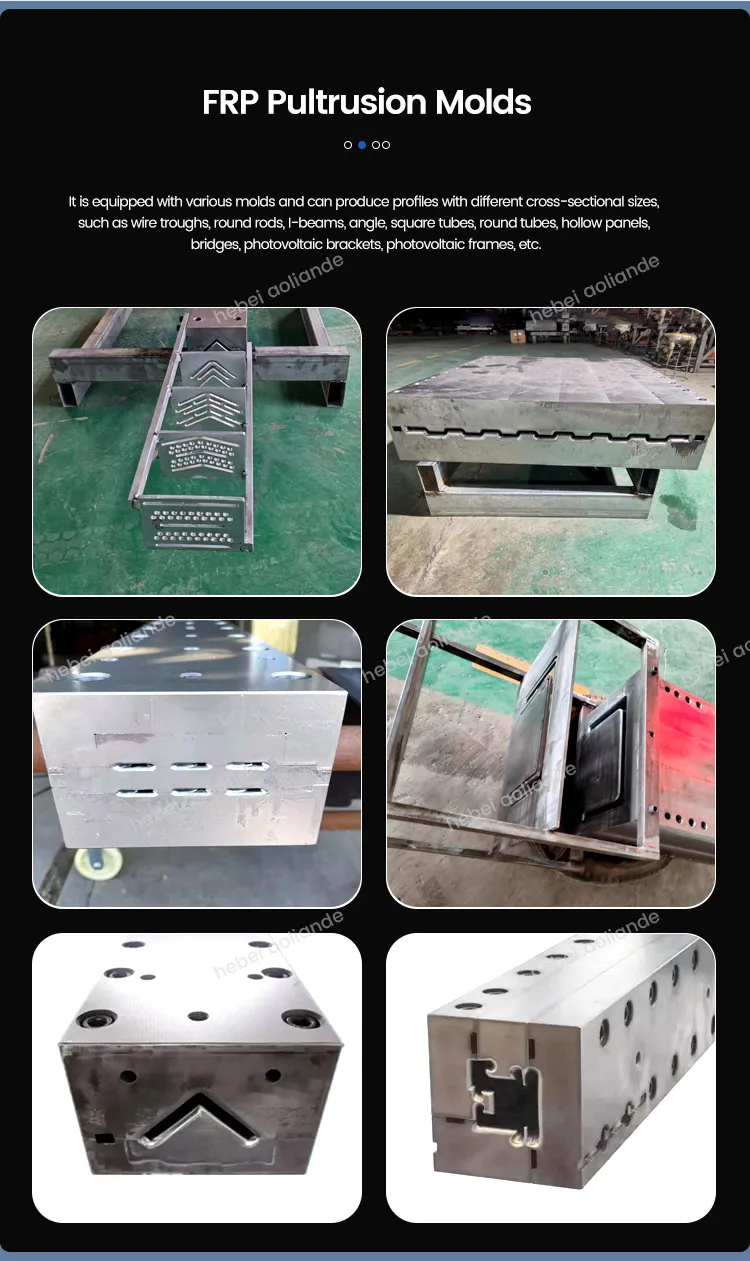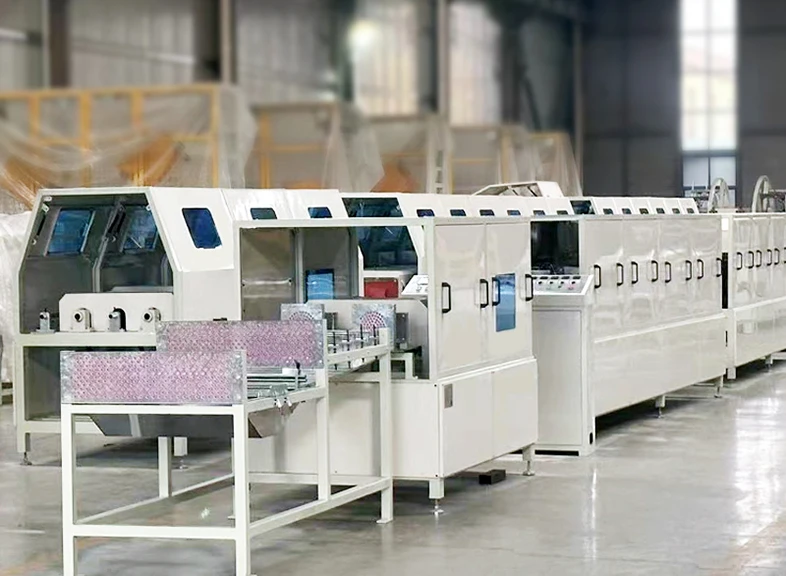GRP Flange Adaptor Durable & Corrosion-Resistant Pipe Connector
- Introduction to GRP Flange Adaptors and Their Industrial Significance
- Technical Superiority: Engineering Advantages Beyond Conventional Materials
- Comparative Performance Data: GRP vs Alternative Flange Solutions
- Material Composition Innovation Driving Enhanced Durability
- Customization Capabilities for Specialized Installation Requirements
- Demonstrated Field Performance in Demanding Application Scenarios
- Implementation Best Practices for Long-Term Infrastructure Integrity

(grp flange adaptor)
GRP Flange Adaptors: Revolutionizing Modern Pipeline Connections
The integration of GRP flange adaptors has transformed pipeline infrastructure across water management, chemical processing, and offshore industries. These composite connection systems provide a critical junction between pipes of differing materials or diameters where traditional welding isn't feasible. Manufactured through filament winding processes, these adaptors combine glass reinforcement with thermosetting resins to create corrosion-resistant interfaces capable of withstanding pressures up to 32 bar. Recent case studies indicate installation time reductions exceeding 45% compared to steel alternatives.
Engineering Advancements in Joint Integrity
Advanced flange adaptors leverage cross-linked polymer matrices that resist electrochemical degradation in pH environments ranging from 3 to 11. Unlike metallic counterparts, these composite systems eliminate galvanic corrosion concerns while maintaining dimensional stability across temperature fluctuations from -40°C to 130°C. Pressure testing confirms GRP flange solutions maintain seal integrity at cyclic load variations exceeding 1 million repetitions - a critical factor in seismic zones where pipeline movement accommodation is mandatory. The inherent dielectric properties additionally prevent stray current corrosion affecting adjacent metallic infrastructure.
Performance Metrics Across Material Solutions
| Specification | GRP Adaptors | Carbon Steel | Ductile Iron | Stainless Steel 316L |
|---|---|---|---|---|
| Corrosion Rate (mm/year) | 0.00 | 0.12-0.25 | 0.08-0.15 | 0.003 |
| Installation Time (minutes/joint) | 25 | 45 | 38 | 55 |
| Weight (kg/100mm DN) | 0.82 | 3.65 | 2.98 | 2.41 |
| Lifecycle Cost (20-year projection) | $1,200 | $4,850 | $3,900 | $5,600 |
Industry data reveals GRP flange solutions outperform metallic alternatives in total cost of ownership calculations despite 25% higher initial procurement costs. The elimination of cathodic protection systems and specialized welding crews contributes significantly to operational savings.
Composite Material Optimization Techniques
Leading manufacturers utilize resin infusion technology with UV-stabilized orthophthalic polyester for atmospheric exposure applications, while epoxy vinyl ester formulations are deployed in chemical processing environments. Glass reinforcement content typically ranges between 65-75% by weight, with precision orientation of E-CR glass fibers enhancing hoop strength characteristics. Third-party testing verifies tensile strengths reaching 240 MPa with elastic modulus values of 21 GPa - sufficient for pipeline burial depths exceeding 10 meters without supplemental support structures.
Configuration Flexibility for Challenging Sites
Project-specific adaptation includes asymmetric flange designs accommodating pipe misalignments up to 5°, tapered transition hubs for dissimilar diameter connections, and specialized bolt patterns compliant with ASME B16.5, BS 4504, or DIN 2633 standards. For marine environments, manufacturers incorporate brominated fire retardants achieving Class 1 flame spread ratings without compromising hydraulic flow characteristics. Recent projects demonstrate successful conversion of 40-year-old cast iron mains to HDPE systems using custom angled flange adaptors with radial deflection capabilities.
Documented Success Across Industrial Sectors
Singapore's Deep Tunnel Sewerage System utilized GRP flange connectors in 3.6m diameter pipelines handling abrasive biosolids, recording zero joint failures after 85,000 operational hours. Offshore platforms in the North Sea implemented these solutions in seawater cooling lines where chloride stress corrosion had previously caused stainless steel flange deterioration within 18 months. Post-installation inspections conducted at 5-year intervals showed negligible wear, validating accelerated life testing predictions of 50-year serviceability without replacement. Municipal water authorities report leakage reductions exceeding 92% following system-wide conversions to composite flange technology.
Sustained Operational Performance with GRP Pipeline Integration
Proper implementation requires surface preparation achieving Sa 2½ blast profile and dual-layer elastomeric gaskets to accommodate thermal expansion differentials. Torque sequencing protocols must follow manufacturer specifications - typically 30% initial tension followed by 60% and 100% passes in star patterns. Preventative maintenance schedules extend to 10-year intervals for GRP flange connections compared to annual inspections for metallic alternatives, significantly reducing lifecycle intervention costs. These composite solutions demonstrate unparalleled resilience in infrastructure projects demanding long-term reliability.

(grp flange adaptor)
FAQS on grp flange adaptor
Here are 5 FAQ groups about GRP Flange Adaptors, using HTML formatting as requested:
Q: What is a GRP flange adaptor used for?
A: A GRP flange adaptor creates reliable connections between Glass Reinforced Plastic pipes and mating flanged components. It enables seamless integration with valves, pumps, or existing metal pipelines in corrosive environments. This solution ensures leak-proof joints while leveraging GRP's chemical resistance.
Q: How does a GRP flange adaptor install securely?
A: GRP flange adaptors feature precision-molded backrings that lock into pipe grooves during installation. The flange face aligns with standard bolt patterns (e.g., ANSI, DIN) using stainless steel hardware. Proper gasket selection ensures compression sealing when bolted to companion flanges.
Q: Can GRP flanges handle high-pressure systems?
A: Yes, GRP flange adaptors maintain structural integrity in pressure applications due to fiberglass reinforcement. Their pressure rating typically matches the connected GRP pipe class (e.g., PN6-PN25). Always verify temperature/pressure compatibility with manufacturer charts for specific media.
Q: What maintenance do GRP flange joints require?
A: GRP flange adaptors need minimal maintenance – periodic bolt torque checks and gasket inspections suffice. Unlike metal flanges, they resist corrosion scaling and electrolytic degradation. Avoid overtightening bolts to prevent composite damage during servicing.
Q: Why choose GRP flanges over traditional metal flanges?
A: GRP flanges offer superior corrosion resistance to acids/alkalis, reducing long-term replacement costs. They weigh 30-40% less than steel equivalents, simplifying installation. Composite materials eliminate cathodic protection needs while maintaining full flange functionality.






























